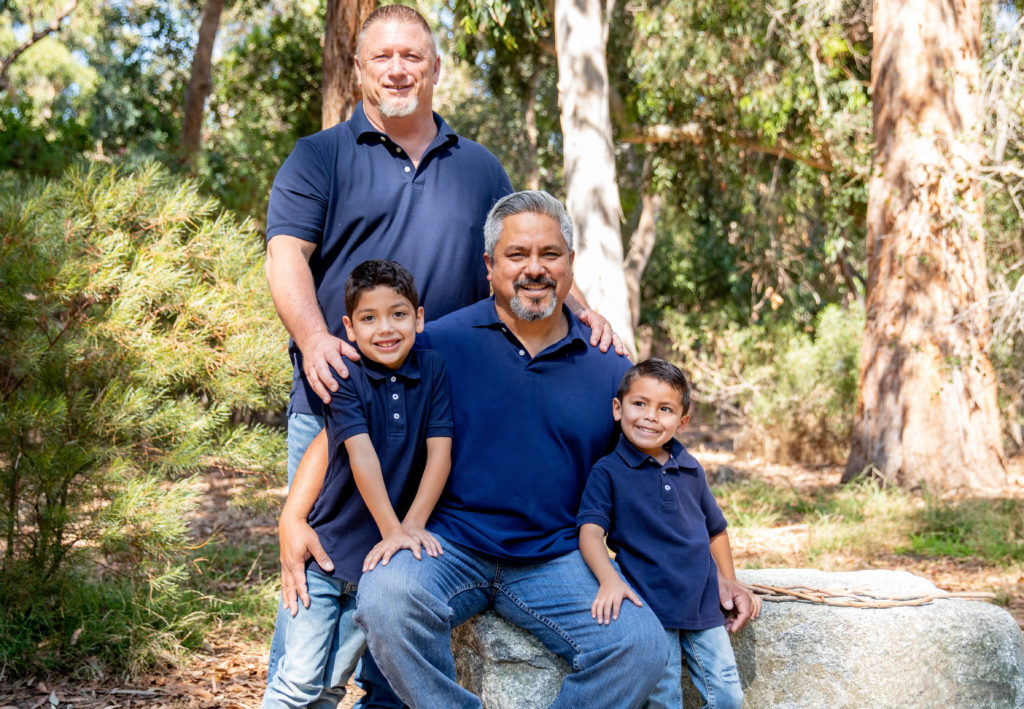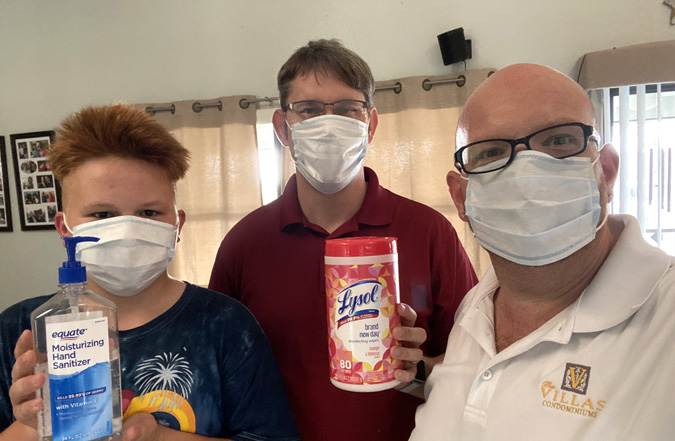
I was adopted from Korea in 1971 after spending time in an orphanage. At the time, adoption agencies promoted assimilating transnationally adopted children to be more “American,” and so my parents followed the advice of their social workers and adoption agency: they raised me as if I was a white child born to them, just like my siblings.
My parents were supportive and open about my adoption, but my Korean culture and recognition of my Asian American identity were not part of my life growing up.
Like many people of their era, and unfortunately, still some today, my parents thought that being “color-blind” equated to being non-racist. But of course, not seeing color—not seeing race—is impossible. And increasingly, people are realizing that being color-blind does not mean that they don’t see color, it means they don’t acknowledge a child’s race and culture. And taking that approach creates a world of problems for children and parents. This is why instead of using the term color-blind, it is more accurate to talk about the ways in which society is “color-evasive.” Color-evasiveness means not recognizing or acknowledging race and culture— not acknowledging they exist, and not acknowledging oppression and discrimination based on race and culture.
It wasn’t until I was older and I met other adoptees, especially transracial adoptees, that I started thinking about how being adopted transracially and transnationally shaped me. And it wasn’t until later still, in my 40s, that I became a professor of social work and began to study issues related to long-term outcomes for people who were adopted and developed a framework I call transracial adoption justice.
I share my experience in the classroom, workshops, and articles like this one to urge child welfare professionals and parents who adopt transracially to abandon color-blind and color-evasive attitudes; understand the larger issues surrounding race, culture, and social justice in our society; and honestly engage with their children’s racial and cultural communities.
Because 78 percent of transracial adoptions are white parents with children of color (as found in the 2010 U.S. Census), in this article I am referencing these families.
What is transracial adoption justice?
At its core, transracial adoption justice is about understanding and acknowledging the history and effects of racism and oppressive practices on people in our society as it relates to adoption. Components of transracial adoption justice are:
- Understanding that transracial adoptees’ lives are impacted by their race and their adoption and that they are experiencing layers of loss. Children in foster care have all suffered trauma and loss. Children of color are also impacted by the loss of their culture and by a legacy of historic trauma. Children of color who are adopted transracially must reconcile the loss of their families of origin as well as the loss of having family members who look like them.
- Acknowledging that adoptees are the experts of their own lives. To parents, I say: Believe children when they talk about their experiences with discrimination and oppression! Don’t minimize their experiences by saying things like, “Oh, I’m sure they didn’t mean it that way,” when your child shares an instance of racism with you.
- Understanding the history of race, power, privilege, and oppression in this country. This means abandoning a “color-blind” attitude or “color-evasive” attitude. Ignoring a child’s race and culture creates myriad problems for children and parents, including delaying identity development, preventing children from developing the skills needed to cope with racism, and potentially causing children to internalize society’s negative feelings about their own race and culture. I encourage parents to think about the reasons that transracial adoption exists—and why it is mostly white families that are adopting.
- Caring about your children’s community of origin. Expressing negative opinions about your child’s community of origin or their racial or cultural community can also damage family relationships in the long term, especially when adoptees grow up and realize their parents have negative feelings about their racial or cultural group. They might also feel that your concern for people of color only extends to adopting children if they do not see you engaged in relationships with people from their communities of origin. As a parent, what are the ways that you can support or advocate for the communities of color?
- Practicing for the long haul. We know that there are lifelong challenges that transracial adoptees grapple with. They can include struggles developing racial identities, forming relationships with their communities of origin, and helping their own children form healthy racial identities. I have unfortunately met too many transracial adoptees who have strained relationships with their adoptive parents because they feel their racial and cultural identities are not affirmed. I always tell adoptive parents to think beyond their childhood and adolescence—you want to parent your child for the relationships you will have throughout your whole lifetime together!
What can I do as a parent?
While these can be uncomfortable issues to grapple with, everybody can do their own work to support their children and help move society forward. We all have things to learn. Nobody is an expert. It is important to also remember that at the core of this is your relationship with your transracially adopted child!
- Read! There is no shortage of books on the topic. A few books that I recommend to people getting started are: So You Want to Talk About Race by Ijeoma Olou, How to Be An AntiRacist by Ibram X. Kendi, and What Does it Mean to be White? by Robin DiAngelo.
- Get involved in anti-racism work in your area. “Showing Up for Racial Justice” is one organization that has chapters all over the United States.
- Look at your own systems. Look at who is represented in your neighborhood, social groups, clubs, and other settings. If there is not diversity in your existing communities, consider exploring new ones.
- Examine your relationships with BIPOC (Black, indigenous, people of color). Think about how reciprocal those relationships are. Hopefully you are learning from members of these communities. But are they getting something out of the relationship too?
- Assess who you go to for advice and information. I see so many news articles and resources about transracial adoption where no transracial adoptees or people of color are involved. Ask yourself: are you only talking to other white parents and agencies about race and culture?
- Reflect on assumptions about what constitutes “good” schools and neighborhoods. Are they considered “good” because the people are affluent? Would a person of color think they were good places to live and learn?
- Think about what you want your relationship with your child to look like in 10, 25, 30 years—and with your grandkids, too. Many adult adoptees I’ve worked with say that their parents’ reluctance to talk about race throughout their lives has strained their relationship as adults.
Discussions about race and racism and moving away from color-blind and color-evasive practices might be awkward and uncomfortable at first, but it’s like building muscles. It takes practice and a commitment to being open-minded and willing to learn.
I want to stress again that the reason for my advocacy is to help transracial adoptive families thrive! As a parent myself, I know the day-to-day busyness of life and parenting demands a lot from parents. However, I also know that my children needed parents who would help them develop a positive racial identity. A family is a child’s safe place to land—as parents, we need to be that safe place for ALL of their needs, including their racial and cultural needs.
I hope this article has provided encouragement and some tangible ways for you to start exploring how you can better support your transracially adopted child. Remember, adoption isn’t the end of the journey—it is the just one part of your lifelong relationship together. You have many years to develop strong attachments and build strong, racially and culturally affirmed relationships with your transracially adopted child.


